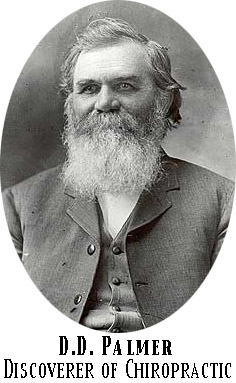Yeah, I feel better, but how does chiropractic actually work?
By Chiropractor Dr. Graham Taylor
Chiropractic was founded in 1895 in Iowa, the USA by Dr. Daniel David Palmer. But in fact, spinal manipulation had been used in several other countries for a long time prior to then. Since those days, chiropractic has developed into an increasingly sophisticated health care profession backed in Australia now by a 5 years science based university Masters degree. For many decades, chiropractors have observed and their patients have experienced better body balance, after they have come in saying, “ My back feels out”. How does that happen? Well chiropractors and other professionals have theorized about how adjustments can restore alignment and function after a chiropractic adjustment – now, the science is in!!
What controls everything in our amazing body? The Brain!
I have been catching up on some chiropractic research that identifies clearly what happens in our nervous system immediately after an adjustment. In her book, “The Reality Check”, Chiropractor and researcher, Dr. Heidi Haavik has summarized many aspects of 15 years of research on the human nervous system and how key parts of that system communicate strongly when we move and live life – but also how a misaligned vertebra can result in poor messaging to the brain resulting in poor commands to the muscles, thus our body feels – and is – “out”.
You may have noticed that your chiropractor touches or palpates your spine. This is to assess where particular problems may be. So, what problems could there be? What we are looking for is to identify which vertebra or vertebrae feel stuck or misaligned or out. The term chiropractors have used over the years to describe that is “vertebral subluxation”. This term is not used by all chiropractors but if you have heard it before, hopefully that explains some concepts. So, what do after we assess – we “adjust” the spine, or the spinal segment so that normal range of motion is returned to the spinal segment, thus restoring more global spinal motion. The adjustment has been scientifically shown to restore crucial messaging from the spine to the brain. We will look at that interesting topic in more detail in the next newsletter.

